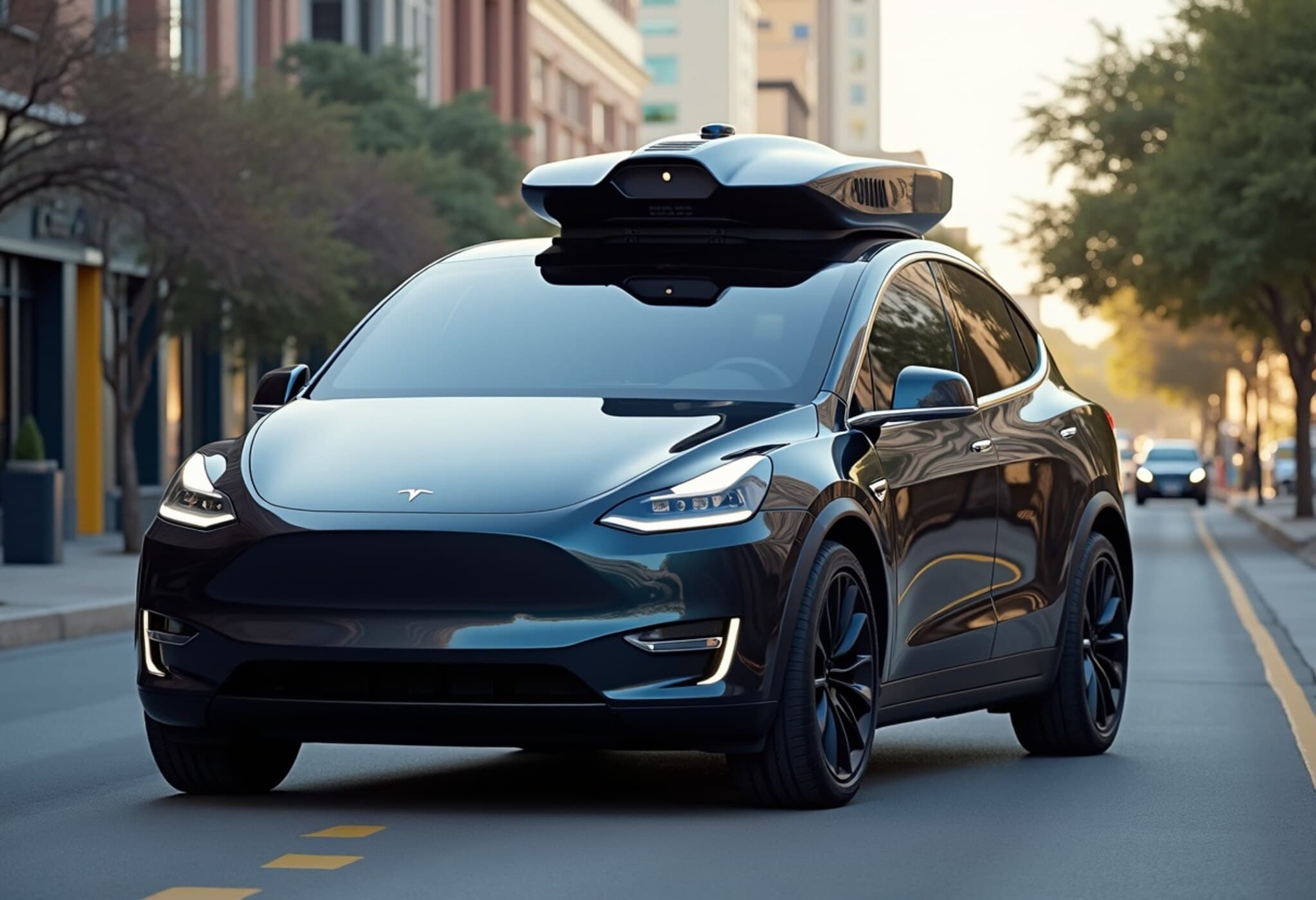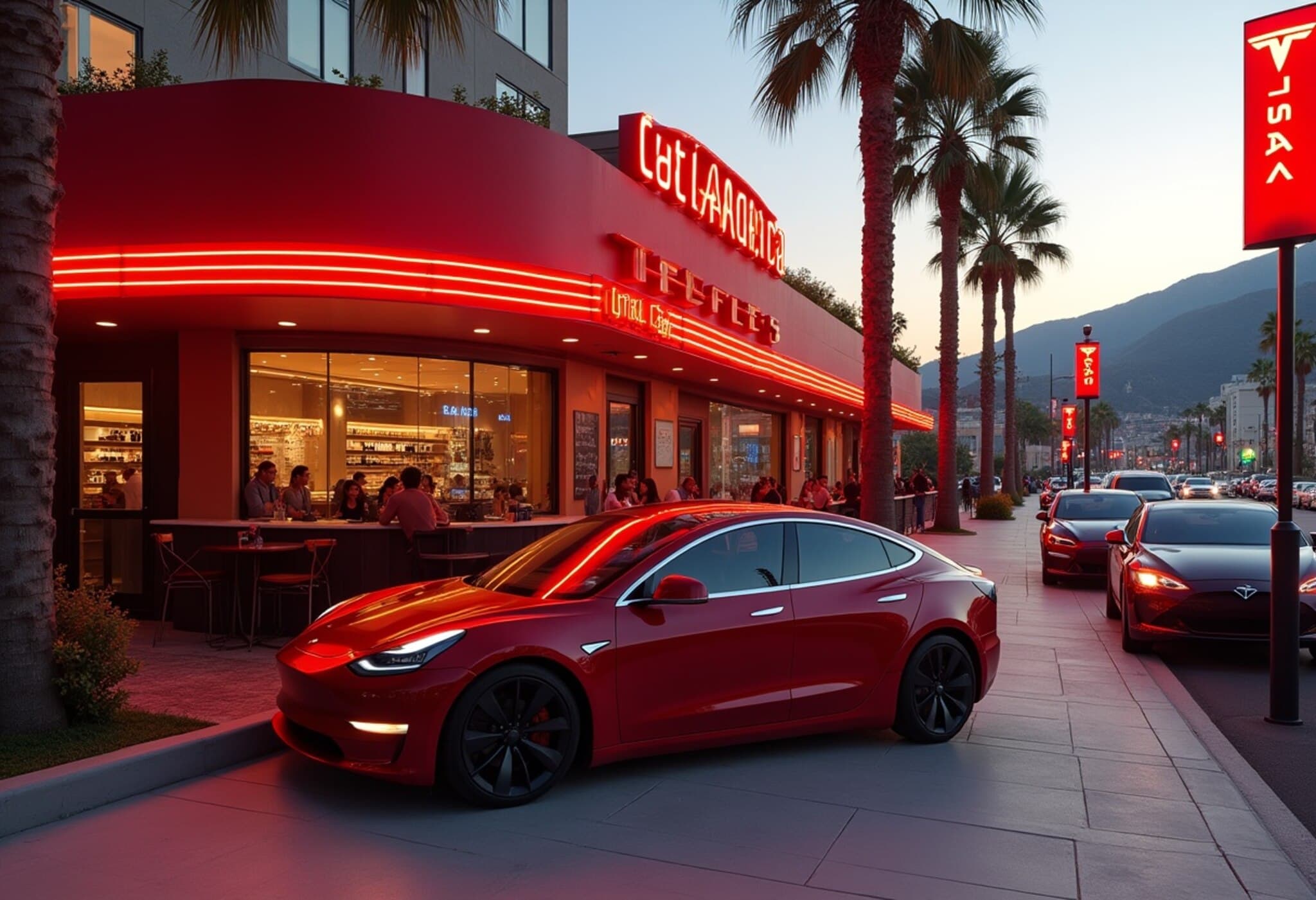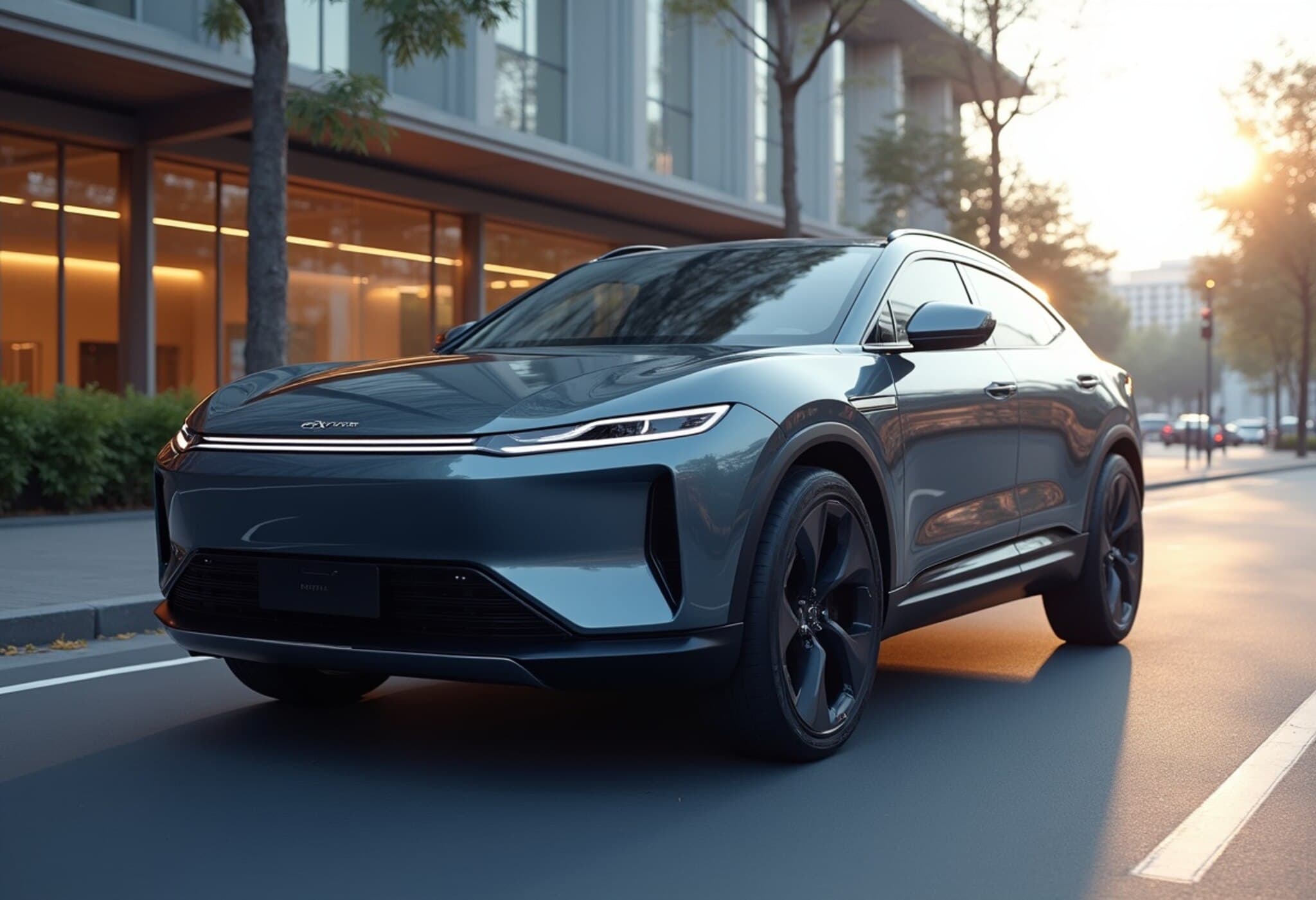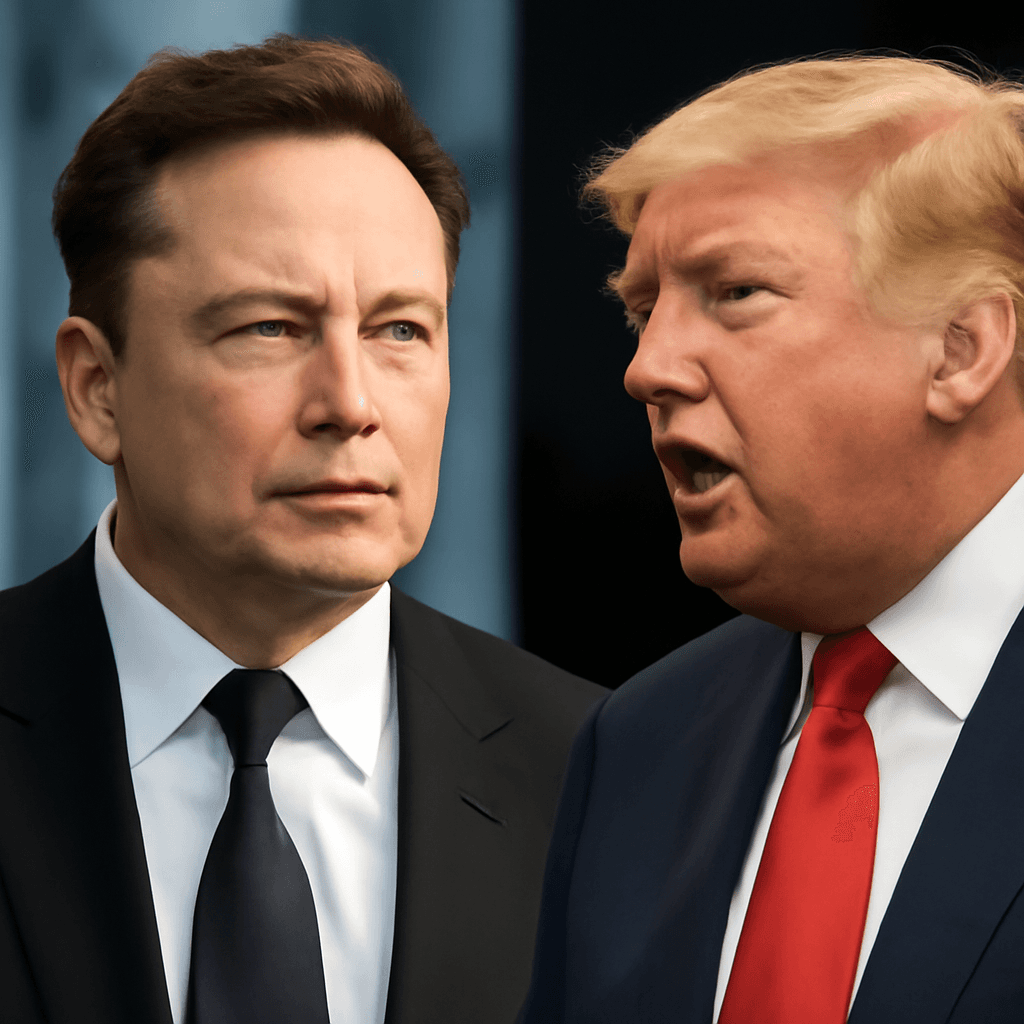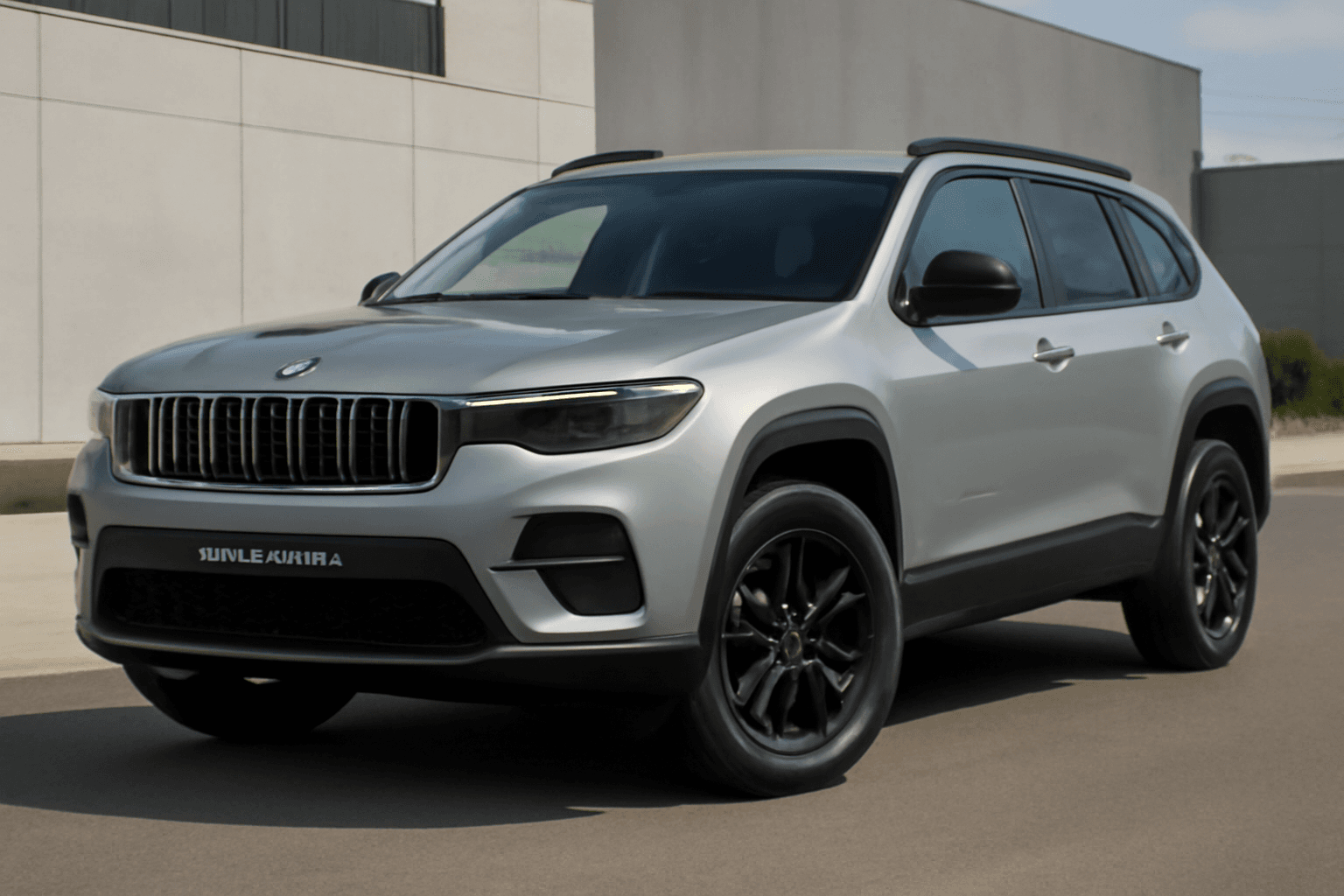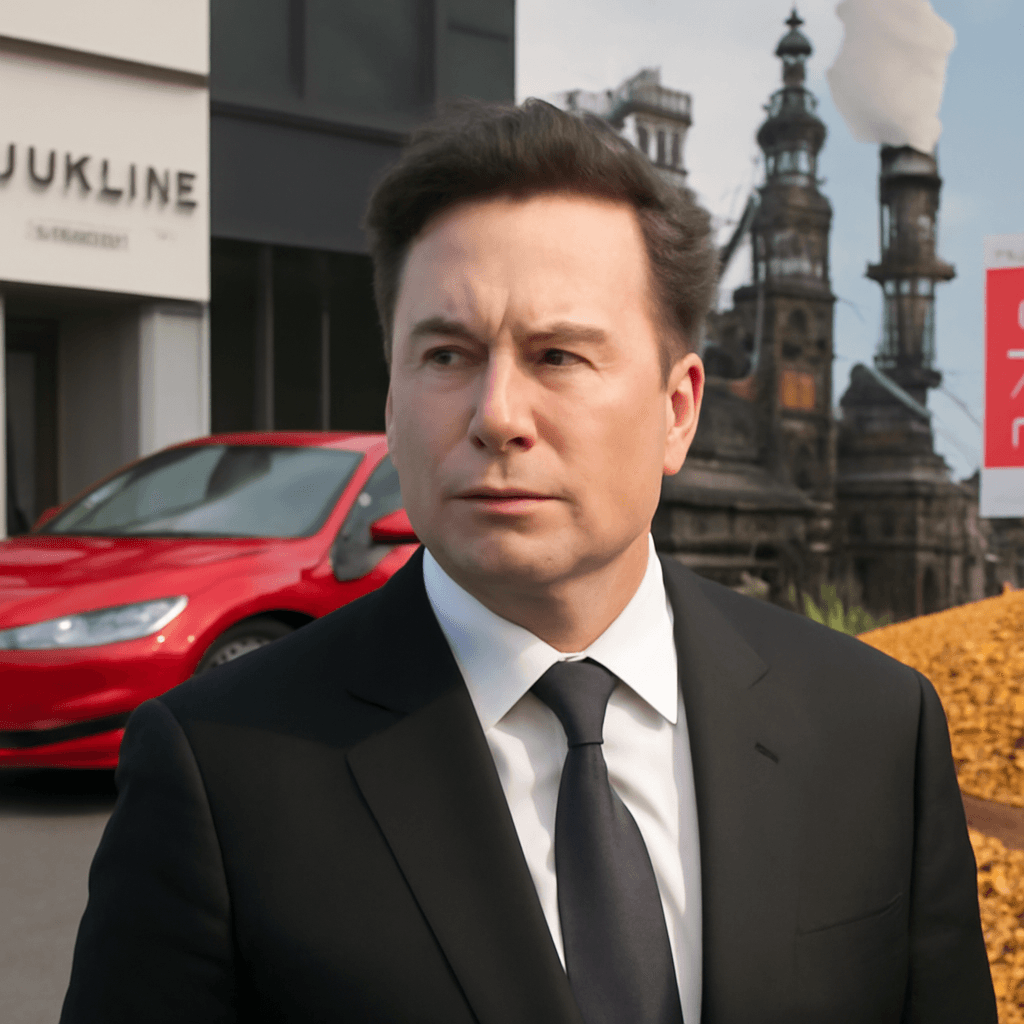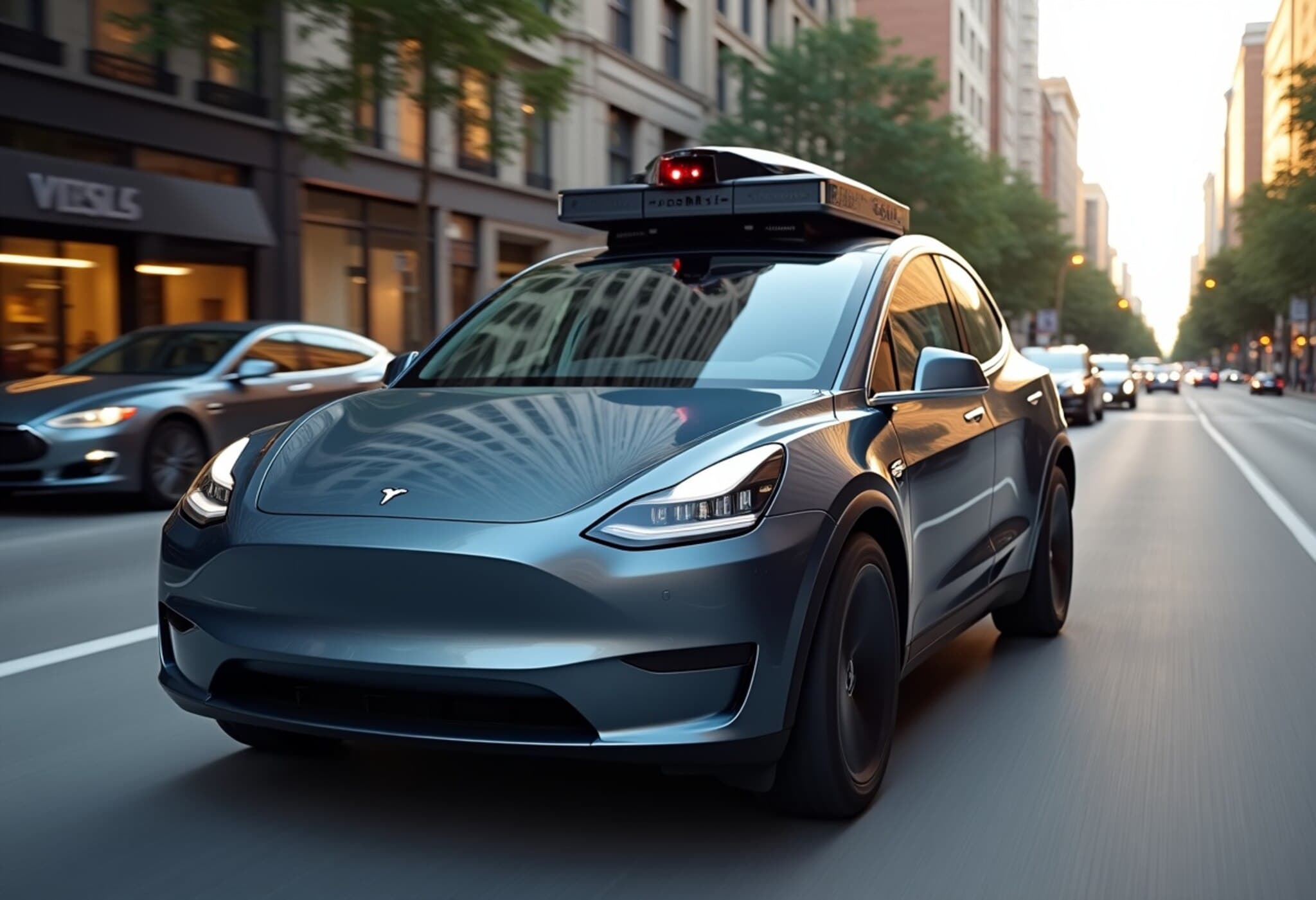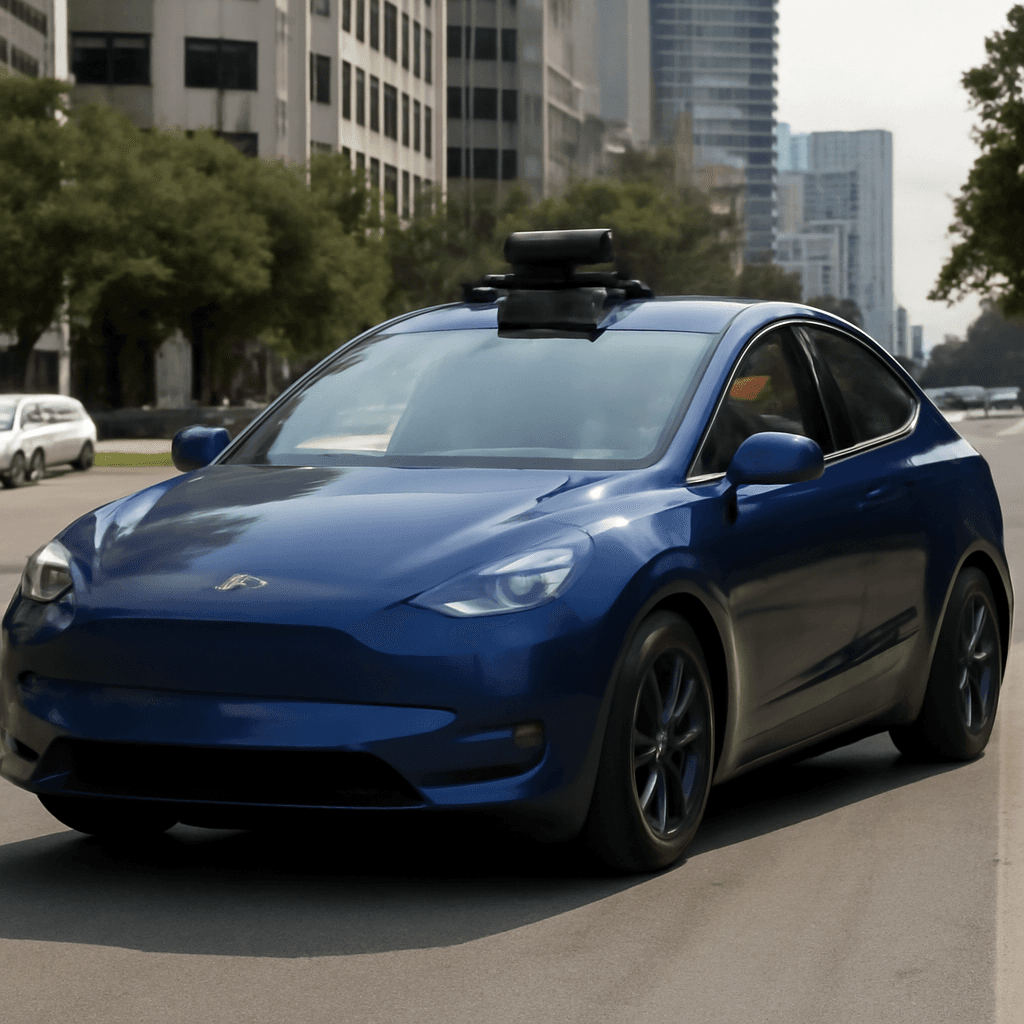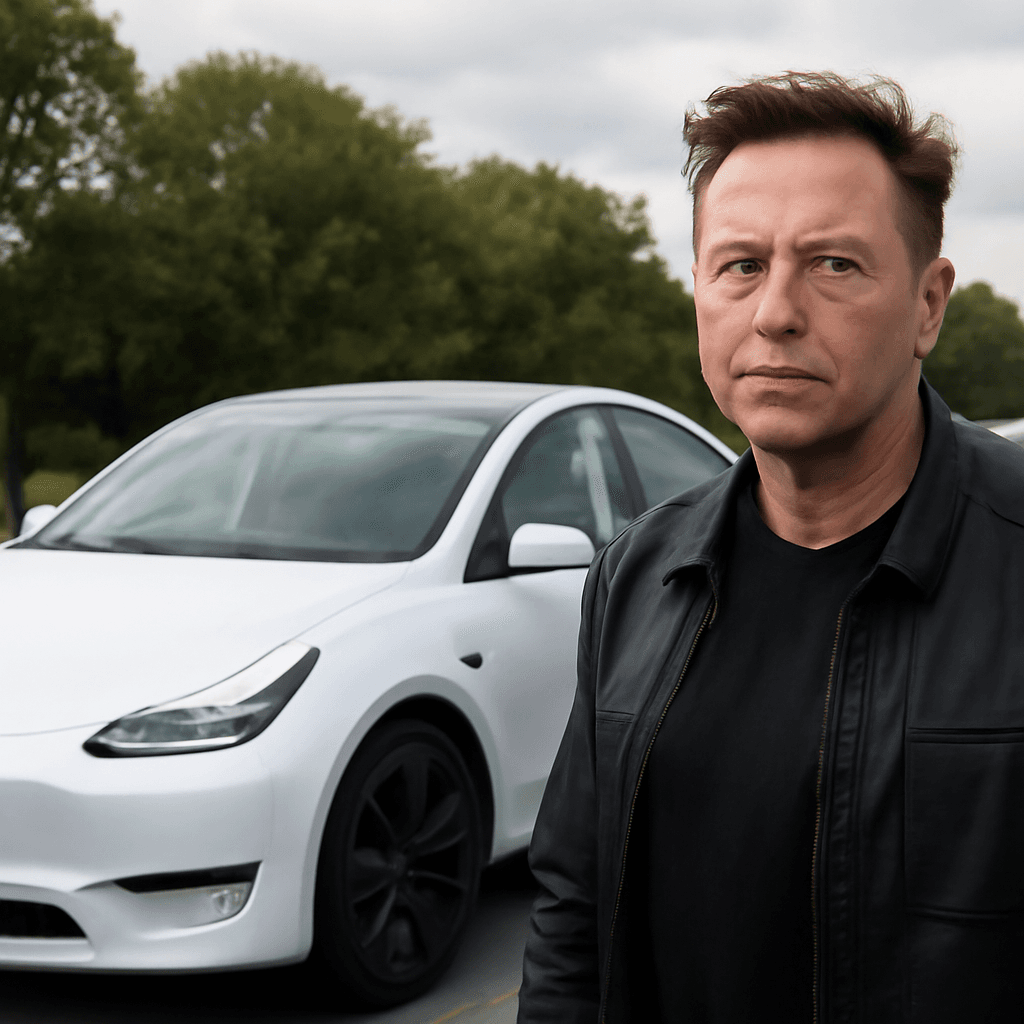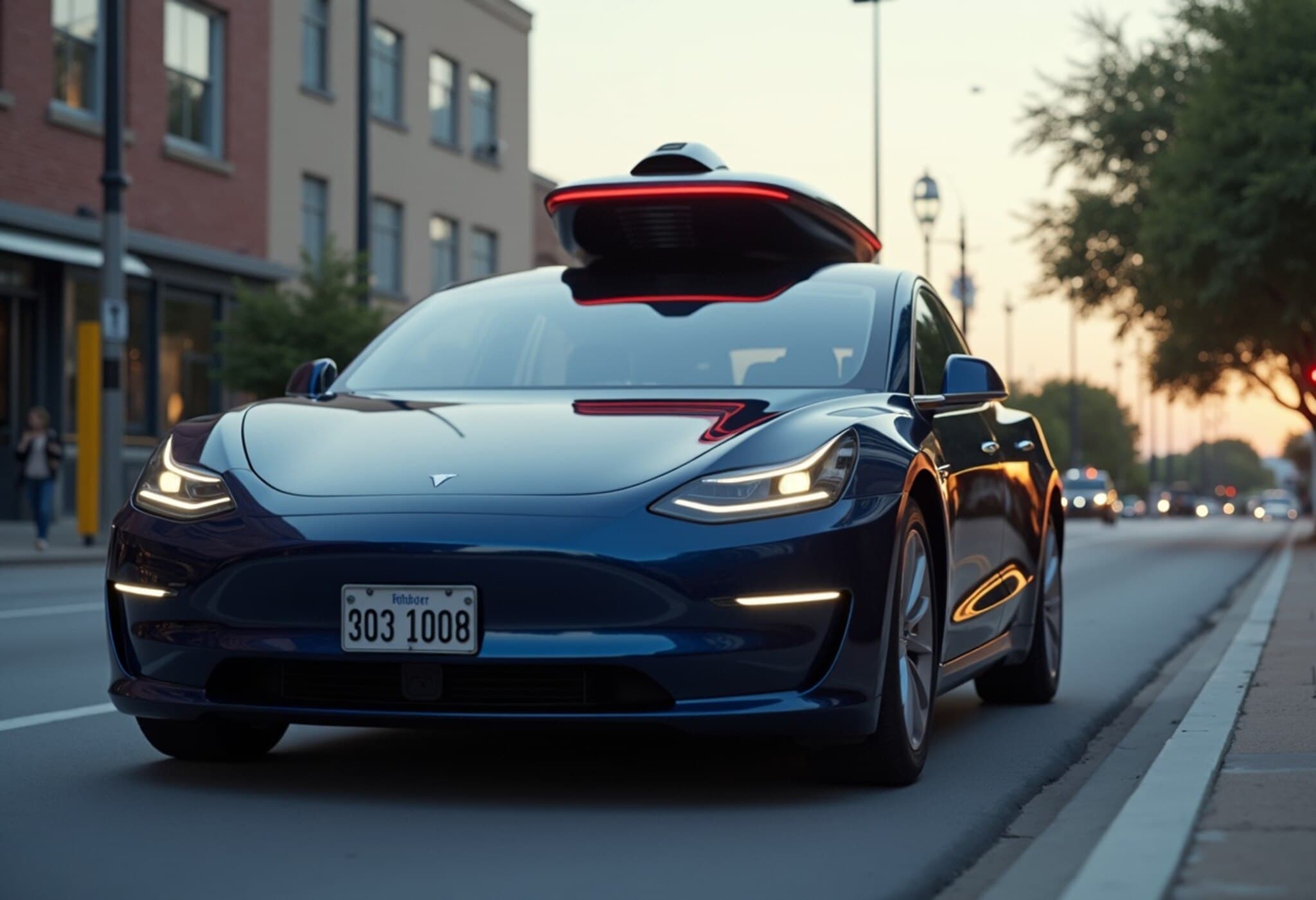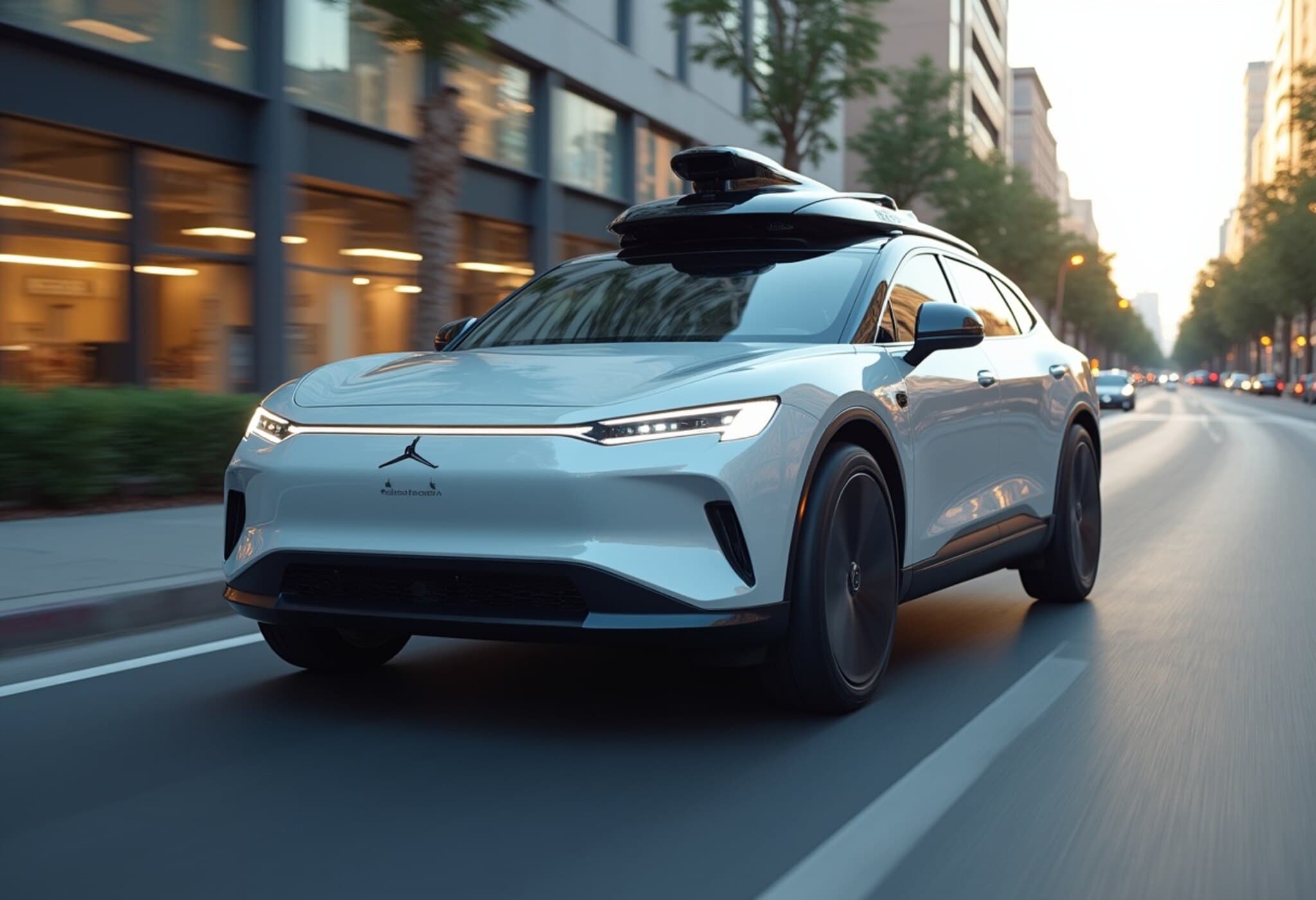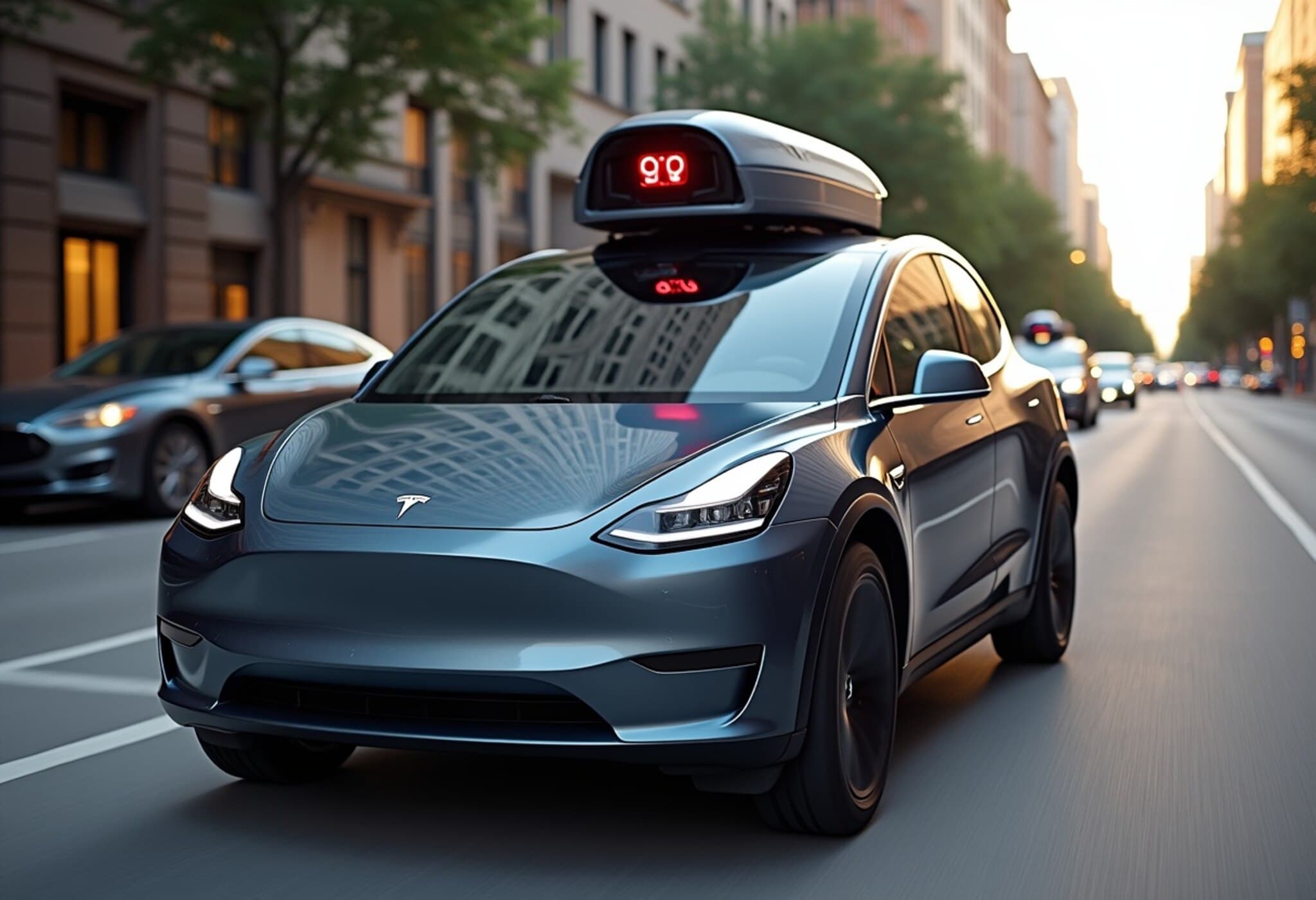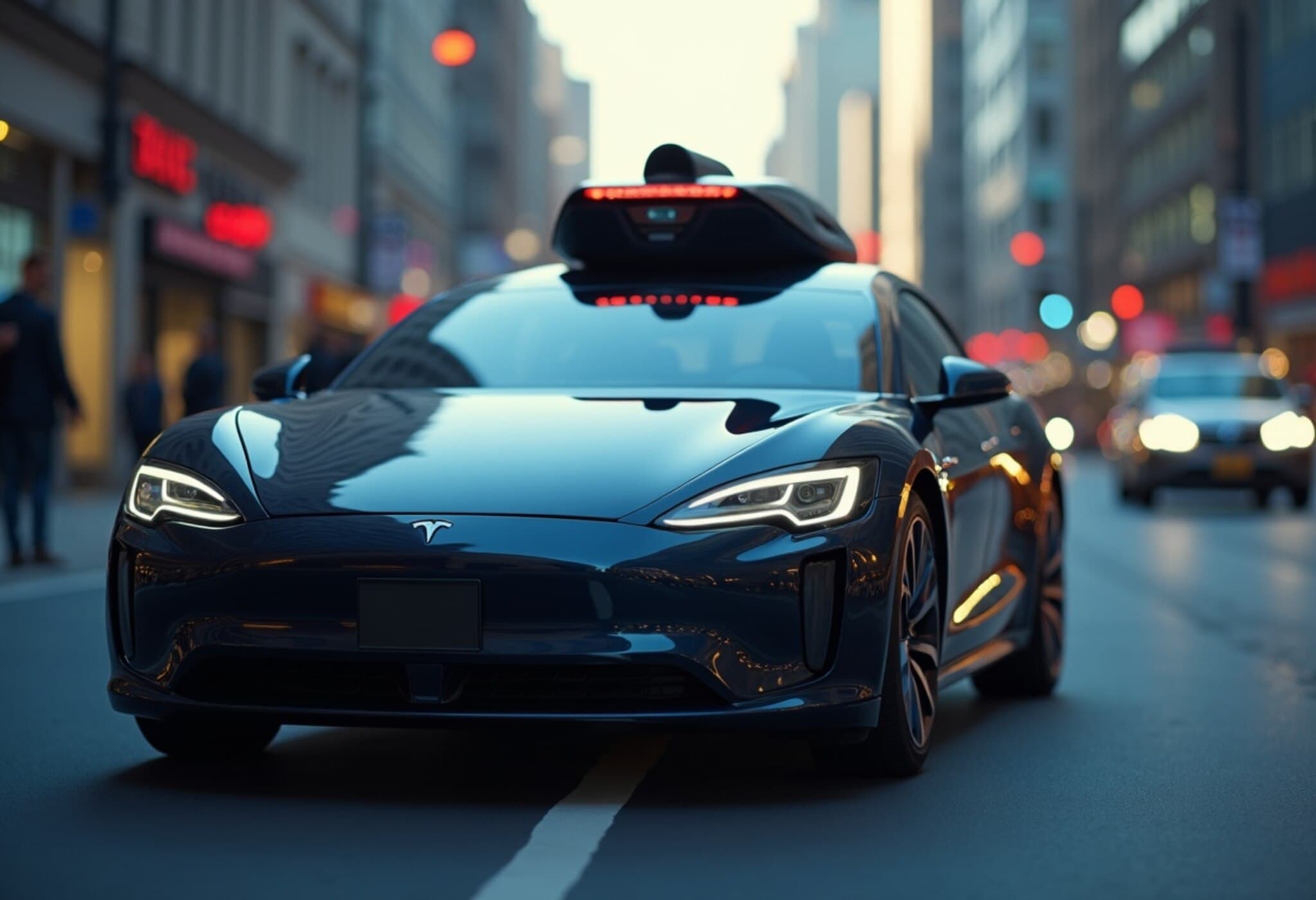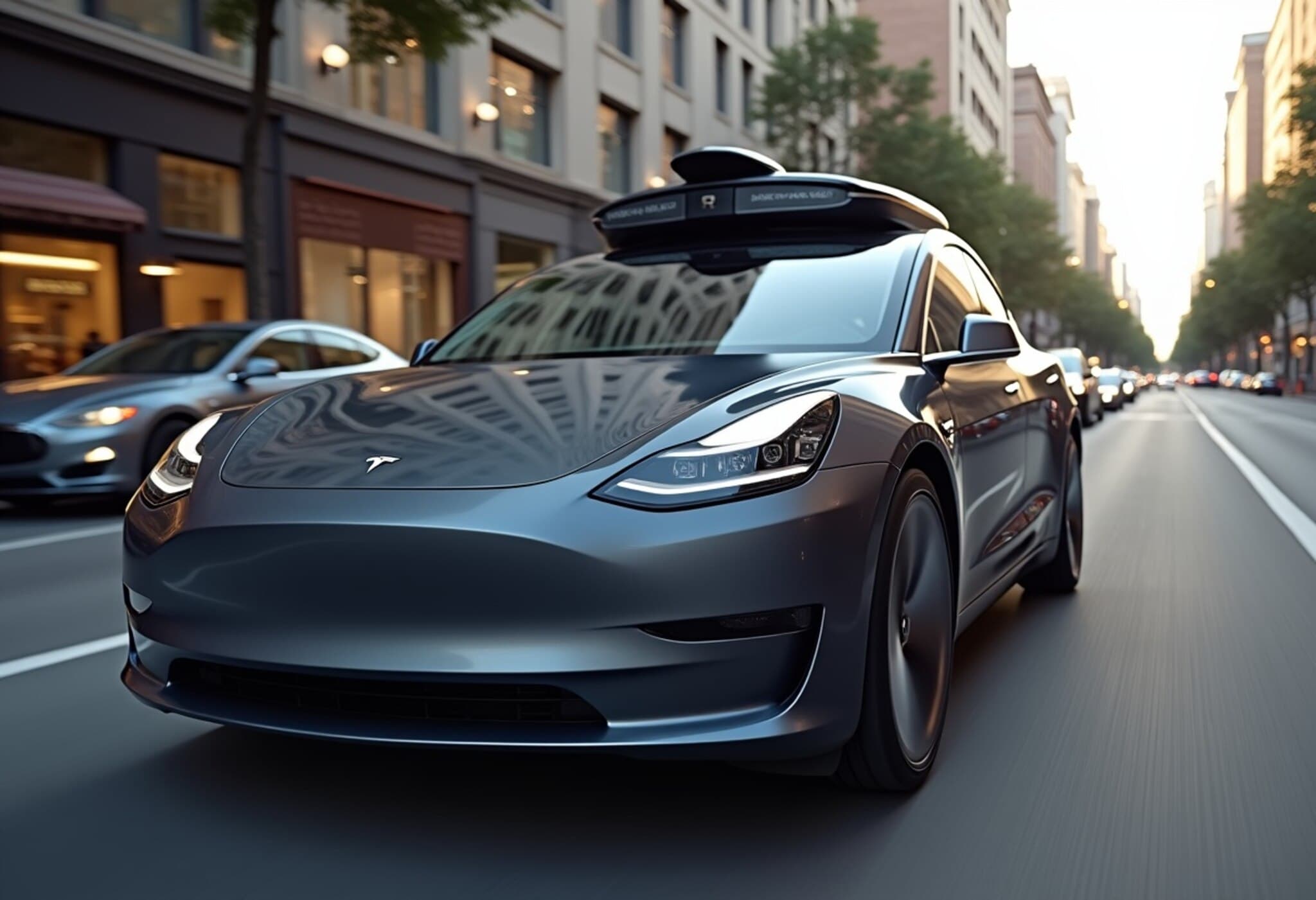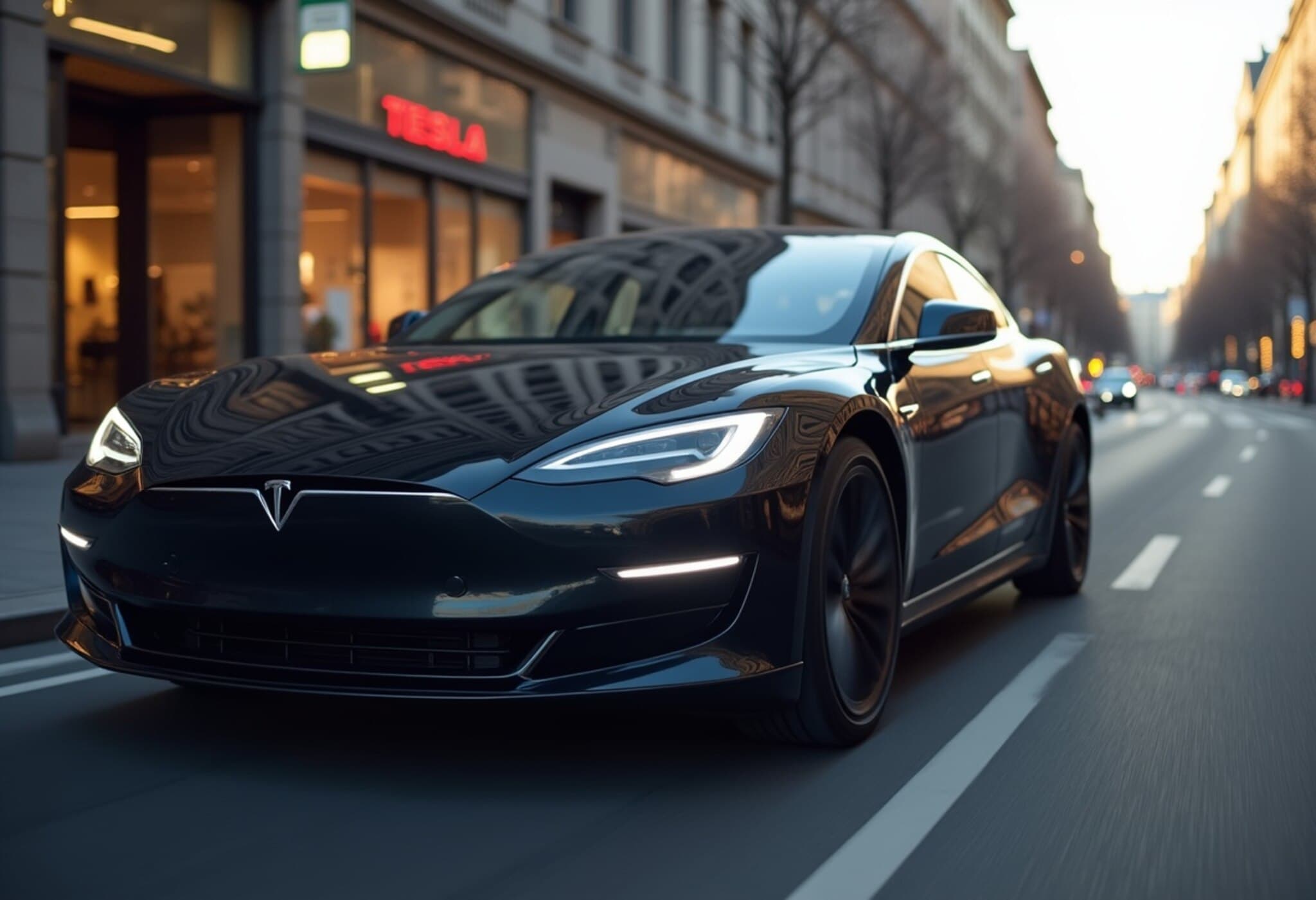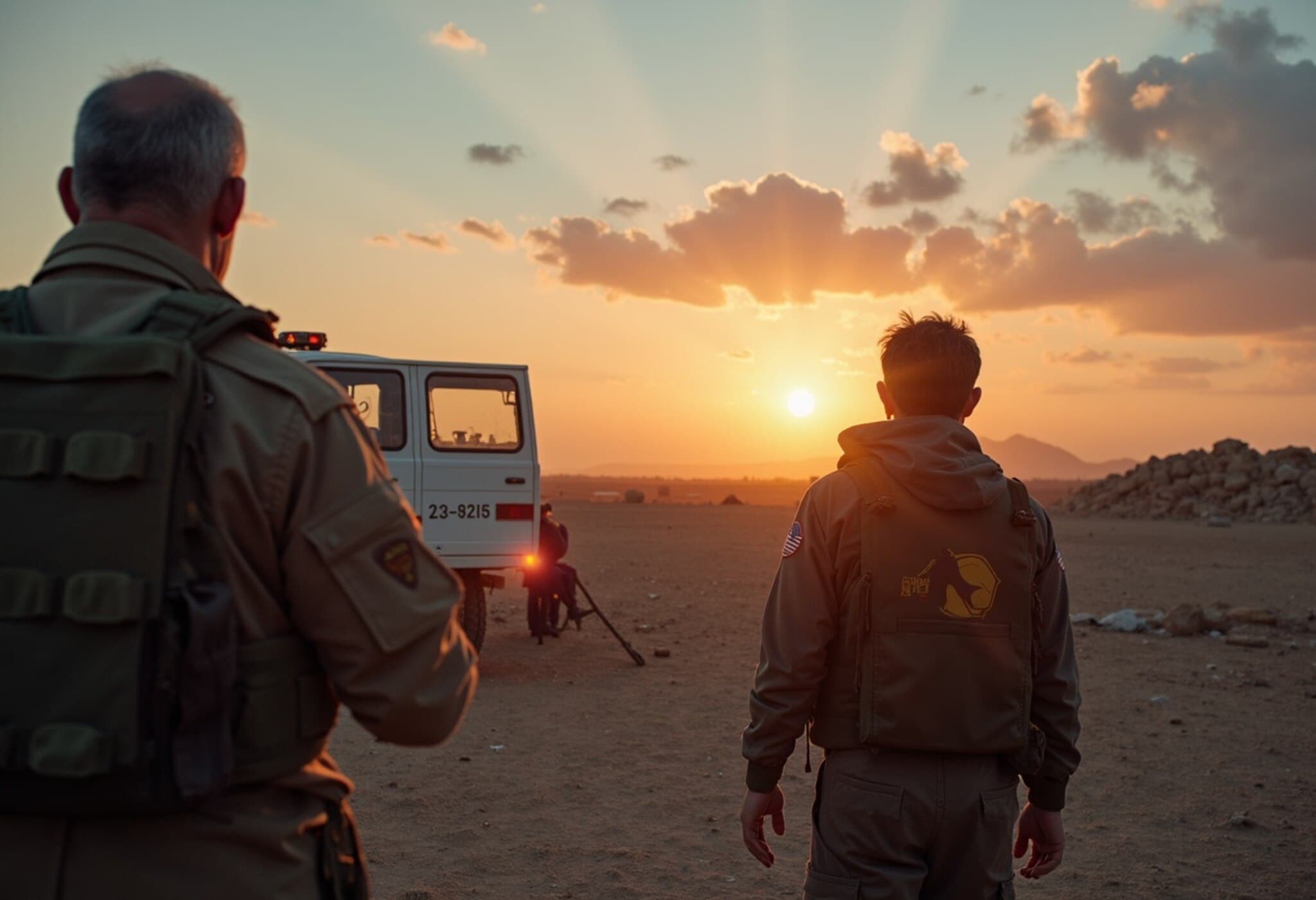Tesla Launches Paid Driverless Robotaxi Service in Austin
This Sunday marks a significant milestone in autonomous driving as Tesla is set to launch a paid robotaxi service using fully driverless Model Y SUVs in Austin, Texas. Unlike traditional ride-hailing services, these Teslas will operate without a driver behind the wheel, supervised only by a safety monitor seated in the front passenger seat.
Service Highlights and Safety Measures
- Tesla's robotaxi fleet consists of about a dozen Model Y electric SUVs.
- The front driver’s seat will remain empty, with a Tesla safety monitor overseeing each ride.
- To ensure safety, the service will avoid operating in adverse weather conditions and complex intersections.
- Tesla is restricting riders under the age of 18 from using the robotaxi service.
- Elon Musk has expressed readiness to delay the launch if safety concerns arise.
The limited rollout will focus on rides within a confined area of Austin, allowing the company to gather real-world data and user feedback before a broader release.
Bold Ambitions Backed by Caution
Elon Musk has long envisioned an autonomous future where robotaxis populate city streets, transforming transportation as we know it. Tesla's valuation arguably hinges on this promise, positioning the company ahead of rivals by betting heavily on camera-based autonomous driving technology rather than costly lidar or radar systems.
Despite Tesla being a frontrunner in electric vehicles and autonomy, some analysts point out that the company is trailing behind competitors like Waymo, which already operate paid robotaxi fleets in multiple cities. Safety remains paramount, with Musk describing the rollout as a "super paranoid" approach to prevent any mishaps.
Industry Challenges and Market Context
Developing commercial autonomous ride services is fraught with challenges. Notably, some competitors have faced setbacks, including the suspension of GM’s Cruise service following a fatal accident. Meanwhile, regulatory agencies maintain a close watch on Tesla and others to ensure public safety.
While Tesla’s strategy avoids the more expensive sensing hardware typical of other companies, its camera-only approach aims to deliver scalability and affordability once perfected. Early lukewarm responses from industry analysts highlight the cautious but momentous nature of this rollout, emphasizing Tesla’s methodical pacing toward full autonomy.
Community Response and What’s Next
The Tesla enthusiast community has largely welcomed the initiative, applauding the cautious start over a rushed deployment. Invited riders and observers anticipate firsthand accounts as the Austin trial unfolds.
This Sunday’s launch represents a critical test for Tesla’s autonomous ambitions, blending innovation with cautious pragmatism in an emerging field that could reshape urban mobility.

